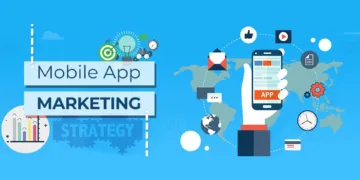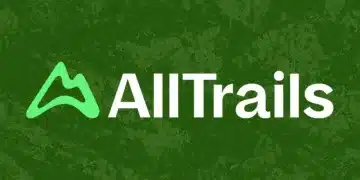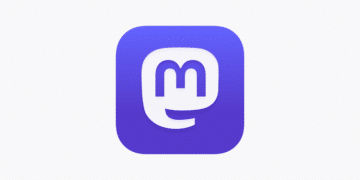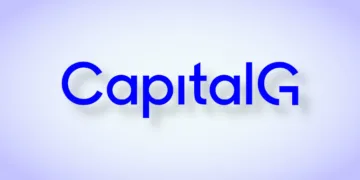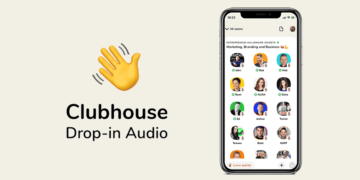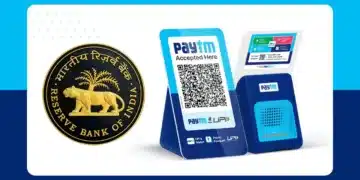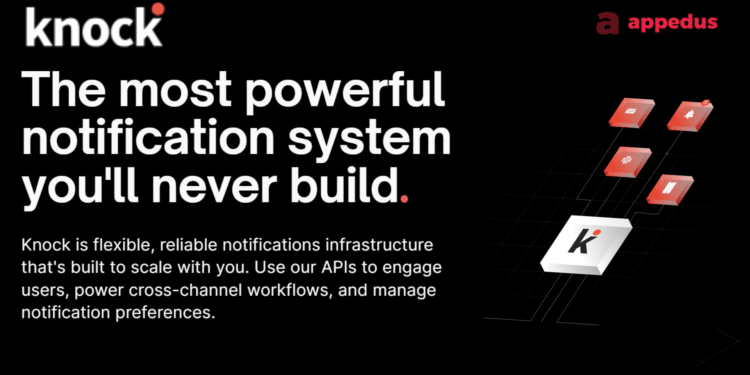In the ever-evolving landscape of software development, notifications have become a ubiquitous element, acting as the connective tissue between applications and end-users. Despite the availability of developer-friendly APIs from platforms like Twilio and SendGrid, Knock, founded by Sam Seely and Chris Bell, argues that the realm of notifications is still a frontier that requires a more holistic solution.
The Essence of Knock’s Vision
Since its inception in 2021, Knock has been on a mission to redefine the notification infrastructure landscape. The prevailing notion is that the “last-mile delivery problem” has been solved by various companies, but according to Knock’s founders, there is more work to be done.
They contend that while existing solutions provide developer-friendly APIs, a comprehensive approach is needed, one that seamlessly combines notification delivery with a powerful workflow engine and integrated observability tools.
Funding Milestones: A Testament to Confidence
The recent announcement of a $12 million funding round led by Craft Ventures marks a significant milestone for Knock. This funding follows a previously undisclosed $6 million seed round led by Afore Capital. The impressive roster of investors, including Preface Ventures, Worklife, Expa Ventures, CoFound Partners, Tokyo Black, and notable individuals like Vercel co-founder and CEO Guillermo Rauch and Behance co-founder Scott Belsky, reflects a collective confidence in Knock’s vision and potential impact.
Understanding the Notification Dilemma
In a world where generic services for different product types are accessible via APIs, Knock aims to address the persistent challenge of in-house notification infrastructure. According to Sam Seely, Knock’s CEO, even with the availability of specialized services like those for payments or search, the notification infrastructure often remains a component that teams must build in-house. Knock seeks to fill this gap by providing not just a notification delivery tool but a comprehensive solution that enhances the entire development workflow.
The Core Innovation: Knock’s Workflow Engine
At the heart of Knock’s offering lies its innovative workflow engine, representing the core of the product. This engine allows developers to define triggers and craft intricate workflows that go beyond mere notification delivery. The key differentiator for Knock is its capability to pull in data from third-party tools. This unique feature enables developers to trigger workflow logic specific to their use cases, such as translating a message for a global audience.
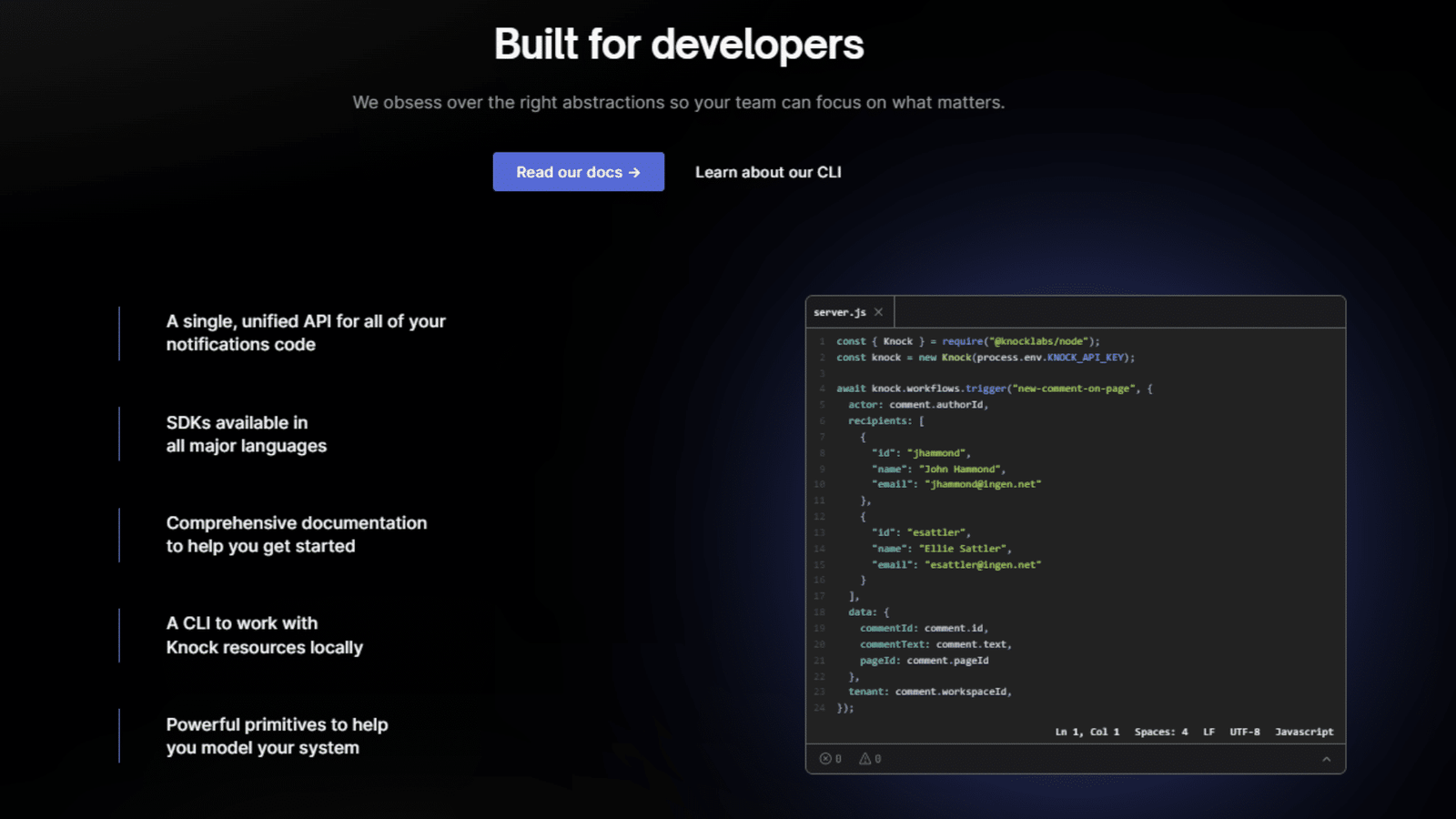
The workflow engine is accessible through a user-friendly web interface, emphasizing ease of use. However, the team is keen to highlight that all the functionality is also available programmatically, aligning with the needs and preferences of developers. The focus on bringing the workflow engine into the everyday developer workflow is a strategic move, ensuring that Knock not only delivers a cross-channel engagement tool but also seamlessly integrates into existing development processes.
Beyond Notifications: A Glimpse into the Future
Knock’s ambitions extend beyond revolutionizing notification workflows. The company plans to deepen its presence in the customer engagement space, recognizing the ever-changing landscape where new channels constantly emerge. Seely points out that existing players in this space often struggle to adapt to these changes, providing an opportunity for innovative solutions like Knock to take the lead.
The current landscape of constant emails and push notifications has led to user fatigue. Knock’s approach emphasizes driving value through native in-app experiences, focusing on the aspects that matter most to users and companies – engagement and retention. This strategic direction positions Knock to be a major player in driving native product experiences, where developer experience becomes a critical factor.
The Elixir Advantage
An intriguing aspect of Knock’s technology stack is its use of the Elixir language, which may not be considered mainstream. Chris Bell, actively involved in the Elixir community and host of an Elixir podcast, explains the rationale behind this choice. According to Bell, Elixir’s foundation in highly concurrent fault-tolerance makes it an ideal fit for what Knock aims to achieve.
Bell draws a parallel between Elixir’s strengths and the foundation of Erlang, designed for telephony systems. In the context of Knock’s goals, the language’s ability to handle concurrent processes efficiently aligns with the demands of a notification system that must reliably route messages from one point to another. This deliberate choice of technology showcases Knock’s commitment to leveraging the best tools for its unique challenges.
Future Endeavors: Scaling and Innovation
With the latest funding infusion, Knock plans to expand its go-to-market efforts and, crucially, grow its engineering team. This strategic move aligns with the company’s vision to not only maintain its current standing but also innovate further in the notification and customer engagement space.
Among Knock’s current customers are prominent names like Vercel, Amplitude, Hiive, and Betterworks, highlighting the practical applicability of the solution across diverse domains. As Knock continues to evolve, its trajectory positions it as a significant player in the competitive landscape of notification and customer engagement platforms.
Knocking Down Barriers in Notification Workflows
In conclusion, Knock emerges as a transformative force in the notification landscape, offering a comprehensive solution that transcends traditional boundaries. The combination of a powerful workflow engine, integration with third-party tools, and a forward-looking approach to customer engagement positions Knock as a trailblazer.
As the company navigates the future, embracing innovative technologies and scaling its operations, it stands poised to redefine how developers approach notification workflows in the dynamic landscape of software development.



